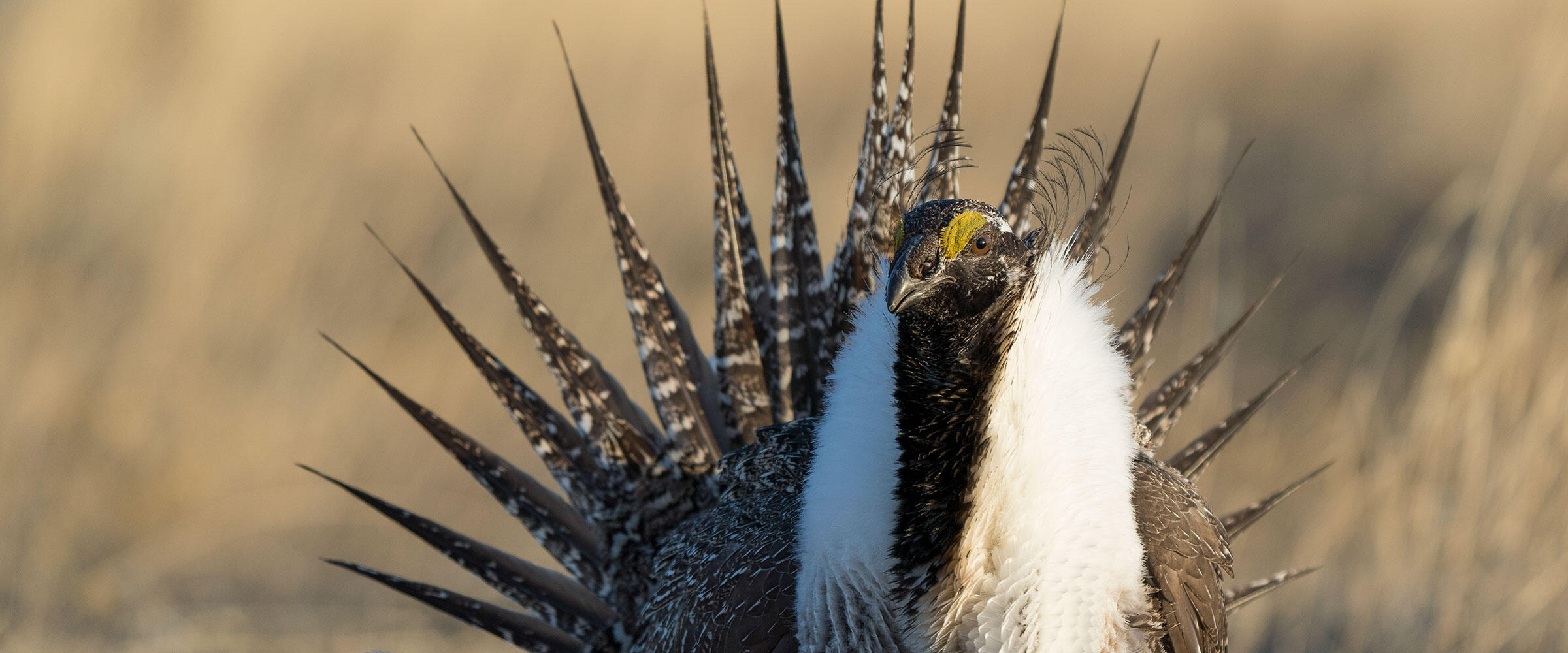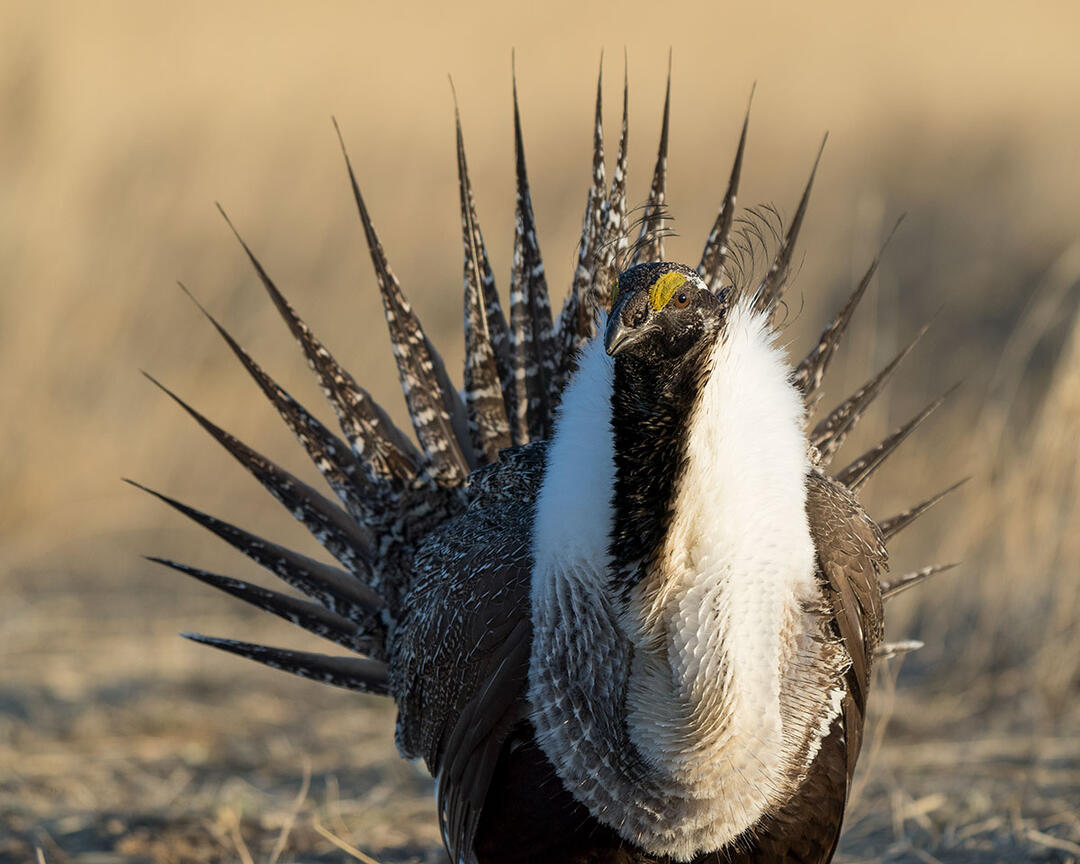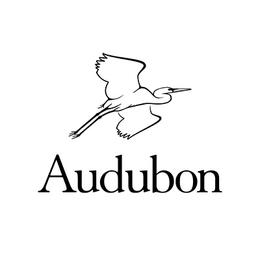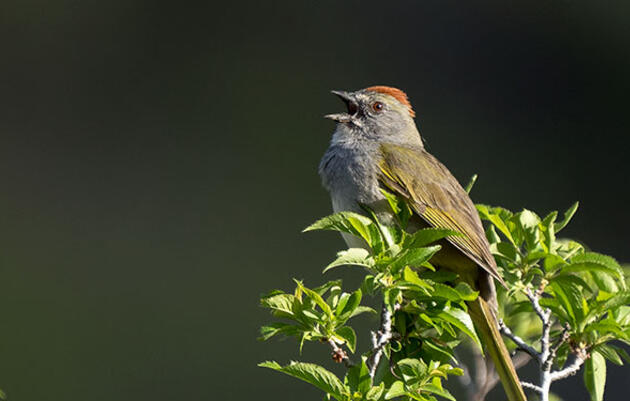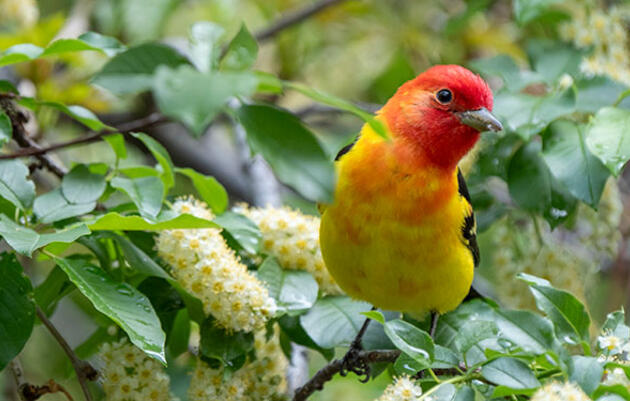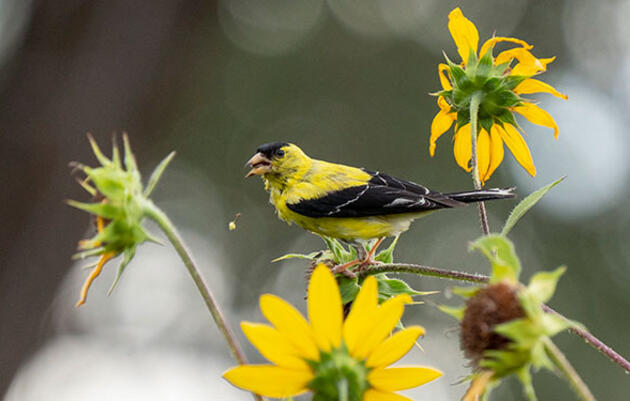From the Director
I have heard and used the saying “it takes a village” many times in many different settings, from raising my children to organizing an event. It also applies to the work we do here at Audubon. It takes us all to build the momentum that birds need to not only survive, but thrive. Building community around birds is one of Audubon’s core strategies. It’s because of Audubon’s “village” that we have been able to accomplish so much. With your continued partnership we look forward to giving birds a voice into the future.
Sadly, our amazing Habitat Hero coordinator, Jamie Weiss, resigned last summer to have more time with her growing family, but we will be refilling the position to ensure this program continues to grow in reach and impact in our communities.
Community Naturalist
- Our educators developed a new set of activities that engage young adults in the sciences through birds, community science, and art in a collaboration with Audubon educators across the country.
- We hosted 900 students at Four Mile Ranch field trips with help from 20 volunteers. Summer education camps served another 400 students in collaboration with new local partners.
- Wyoming Naturalist Program graduates have registered 954 hours of conservation service in Wyoming valued at more than $30,000.
- More than 100 people participated in community science at Wyoming BioBlitz 2023 at Medicine Lodge Archaeological Site. 278 individuals and families recorded 1,130 species across Wyoming as part of the statewide BioBlitz.
Conservation Ranching
- We initiated a sagebrush enhancement project on a ranch in southwest Wyoming in partnership with the ranch, the Bureau of Land Management, and the Wyoming Game and Fish Department.
- We removed conifers encroaching upon 1,000 acres of sagebrush habitat on a ranch in northeast Wyoming, benefitting species like Greater Sage-Grouse.
- We gave presentations for the Wyoming Stock Growers, National Association of Counties’ Western Intserstate Region board, the America’s Grasslands Conference, and multiple Audubon chapters. We also co-hosted two ranch tours in partnership with the Wyoming Stock Growers’ Environmental Stewardship Day.
- We certified 82,000 new acres in Wyoming and Colorado.
Sagebrush Ecosystem Initiative
- We elevated the voices of 194 chapters in 41 states in a letter supporting the Bureau of Land Management’s Public Lands Rule.
- We helped create the Birds and Transmission report, which elevates the need for well-thought expansion of our nation’s transmission grid, and helped organize webinars that reached more than a thousand people.
- As a member of the Wyoming Sage-Grouse Implementation Team, we submitted scientific comments and participated in discussions about the revision of the state’s sage-grouse core area boundaries.
- With partners, we convened stakeholders to plan a future for renewable energy in Colorado as the state diversifies its economy and addresses climate change.
Western Rivers Initiative
- Since Colorado’s passage of SB23-270, Projects To Restore Natural Stream Systems, we have been facilitating a statewide training series to help stakeholders advance stream restoration projects under the new law. We facilitated six in-person trainings across the state and gave additional virtual trainings to key organizations such as the U.S. Forest Service Colorado staff, Bureau of Land Management Colorado staff, Denver Water, Western Landowners Alliance, and Colorado Cattlemen’s Agricultural Land Trust. Collectively, these trainings reached more than 500 people. Due to the delivery and reception of the training, the Colorado Division of Water invited us to present it at the Colorado Water Congress in January 2024.
- We moderated the opening session of the Sustaining Colorado Watersheds Conference to an audience of 257.
Gillmor Sanctuary
- We installed 10 water control structures and repaired four dikes to restore shallow wetlands on a recently donated 413-acre tract. Birds responded immediately to their new habitat. Volunteers spent 200 collective hours removing barbed wire and managing invasive grass.
- With Audubon’s Saline Lakes Program and Tracy Aviary, we initiated a study on the use of the South Shore of Great Salt Lake by breeding Snowy Plovers. We designed and carried out 23 survey weeks at two sites to begin characterizing the effect of human disturbance on nesting success.
- We received notice of a $556,476 National Wildlife Federation grant to remove 250 acres of tamarisk on the sanctuary and upstream properties as part of a large restoration project for the Jordan River. The project will provide wildlife refuge during flooding and drought.

